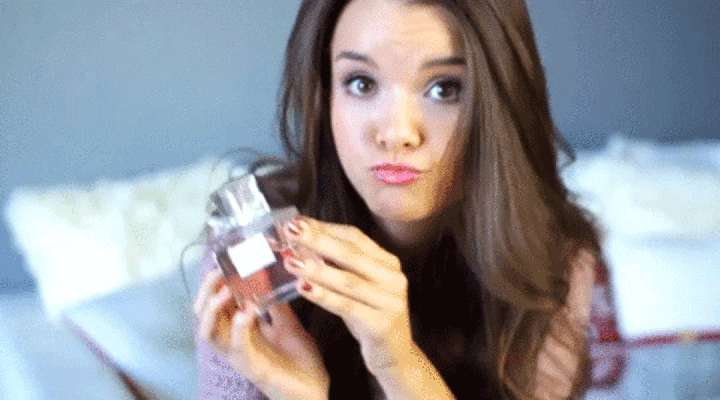
Consumers trust social media stars more than celebrities or ads
Share Now on:
Consumers trust social media stars more than celebrities or ads

If you’re trying to buy a celebrity endorsement these days, it would actually serve you better to pay someone who is not a big star.
A recent study from marketing firm Collective Bias found nearly a third of consumers surveyed are more likely to purchase a product by a non-celebrity blogger than a celebrity. Not surprisingly, a majority of the millennials surveyed — 70 percent — valued non-celebrity endorsements, particularly from influencers that they consider peers.
These online recommendations from people work better than traditional celebrity endorsements, or even traditional advertising when shoppers are considering the purchase of products in a physical store. Only 3 percent of the consumers said they would consider buying a product recommended by a celeb, and 7.4 percent would buy something because they saw it on TV. Print and digital advertisements were also ineffective — each were under 5 percent.
It’s another indicator of the shifting consumer tastes (and with them, advertising dollars) we’ve heard so much about. Here is just a sampling of how online influencers are convincing a whole new generation of consumers that they are a trusted source for retail decisions:
YouTube
While some YouTube stars may branch out to launch a career that elevates them to semi-celebrity status, they still remain influencers. in their own right. on the platform. YouTube personalities like Tyler Oakley, Grace Helbig and Jenna Marbles built their following as influencers by making blog-like videos, creating a personal connection with their viewers. Many of these YouTubers will feature sponsored content, like Ingrid Nilsen’s beauty tips as a part of her partnership with Covergirl. A popular YouTube trend for children and young teens is unboxing toys and gaming videos. Millions of viewers subscribe to accounts such as FunToyzCollector and EvanTube, which feature kid-friendly videos specifically about opening and playing with toys. Major brands such as Disney, LEGO and Star Wars are often featured on channels.
If you’re an average Instagram user into fitness, you probably follow fitspo bloggers; if you’re really into contouring, maybe you follow makeup artists. Different Instagram aesthetics mean different markets for brands looking to advertise. Influencers are able to target without interrupting feeds with Instagram-sponsored content ads. Instagram influencers often find subtle ways to incorporate the brand or product they are paid to advertise. Some endorsements aren’t even stated outright, it can be as simple as tagging a clothing brand in a photo or using a hashtag to support a company’s campaign. Product placements can easily be integrated into an already established and trusted personal brand of content from Instagram influencers.
Vine
Similar to Instagram, Vine stars find ways to bring in their already pre-established brand of content. Like Instagram, influencers use these subtle mentions of brands and products in a way that doesn’t interrupt their followers feed the way a sponsored content post would. Popular Viner Rudy Mancuso tags some of his videos featuring sponsored content as ads. Despite product placements for Ford and Verizon, Rudy’s videos are still cut and delivered like the rest of his humor. The same can be said about Amanda Cerny’s plug for Kotex or King Bach’s Jimmy Johns videos.
There’s a lot happening in the world. Through it all, Marketplace is here for you.
You rely on Marketplace to break down the world’s events and tell you how it affects you in a fact-based, approachable way. We rely on your financial support to keep making that possible.
Your donation today powers the independent journalism that you rely on. For just $5/month, you can help sustain Marketplace so we can keep reporting on the things that matter to you.



















